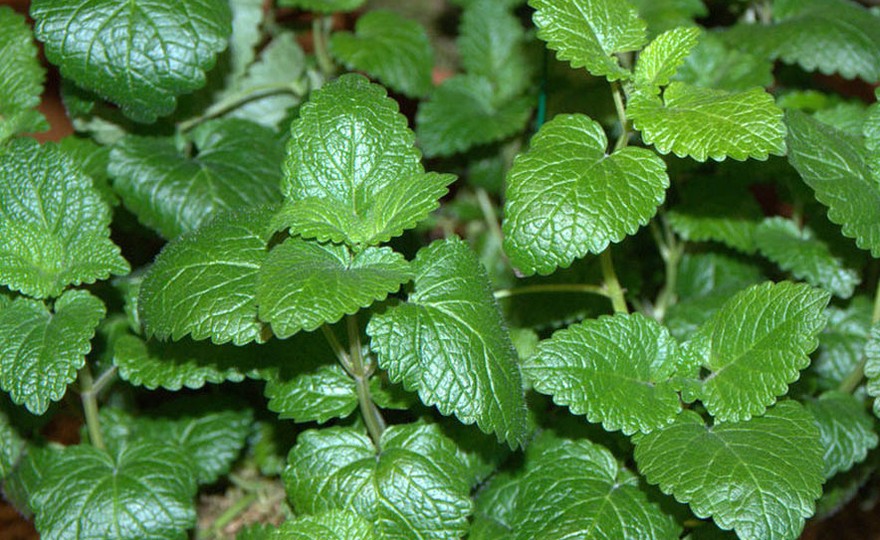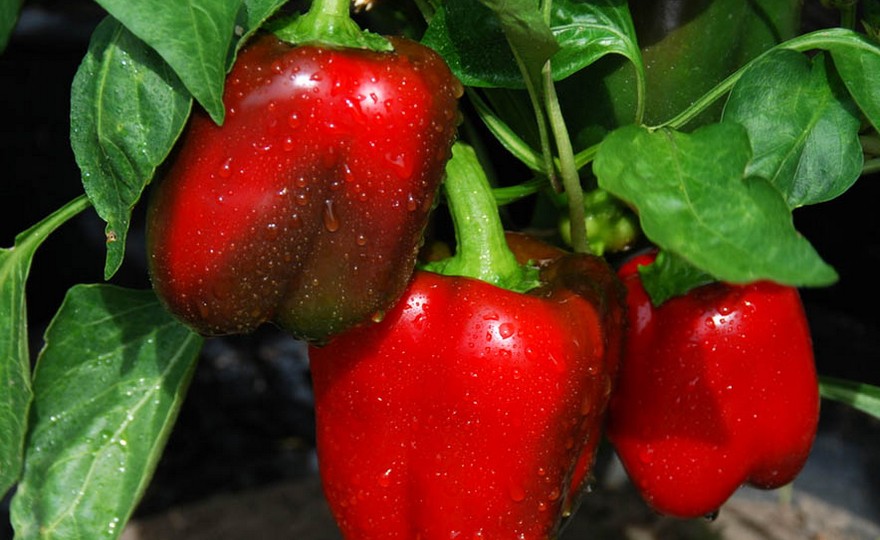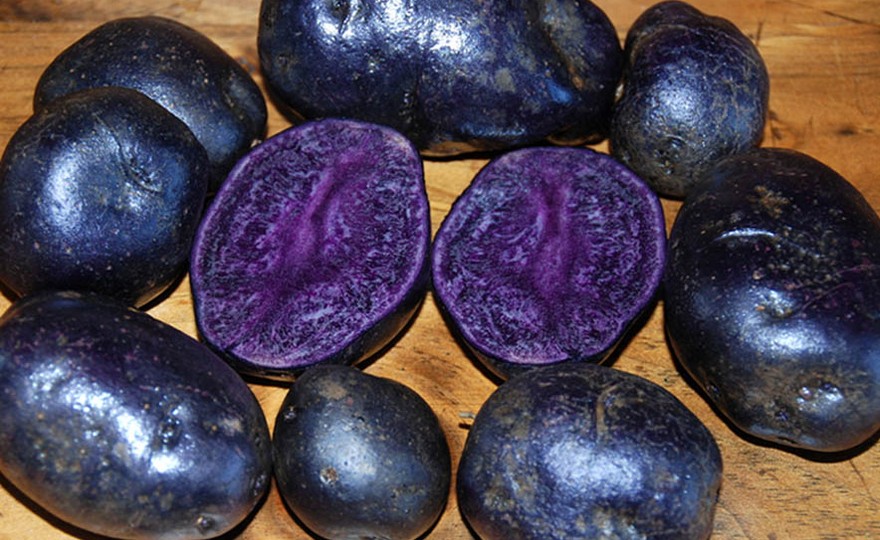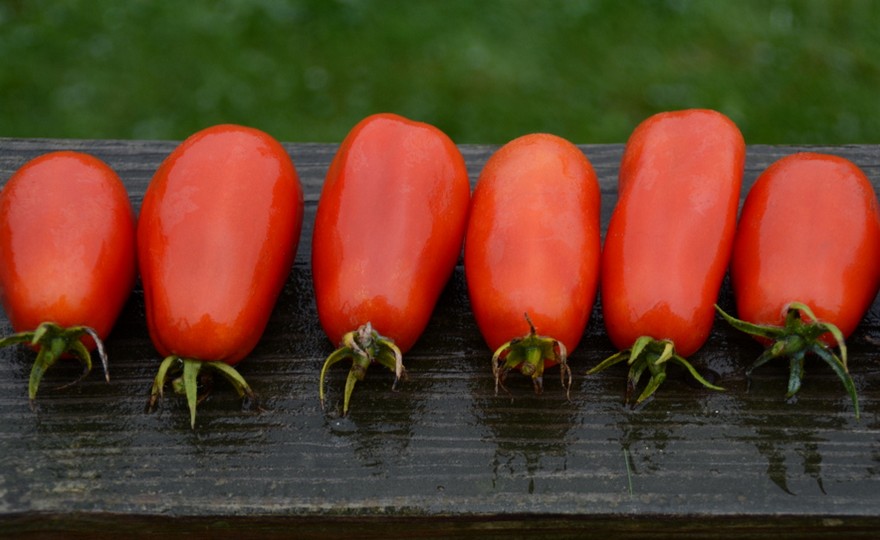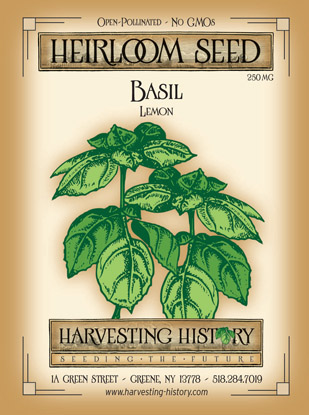
Herb, Basil Lemon
-
- **SOLD OUT** HOLIDAY GIFTS **SOLD OUT**
- **SOLD OUT** Holiday Books **SOLD OUT**
- **SOLD OUT** Holiday Citrus **SOLD OUT**
- **SOLD OUT** Holiday Gift Certificates **SOLD OUT**
- **SOLD OUT** Holiday Paperwhites **SOLD OUT**
- **SOLD OUT** Holiday Praying Mantis Kits **SOLD OUT**
- **SOLD OUT** Holiday Tools **SOLD OUT**
- **SOLD OUT** Holiday Wildflower Mixtures **SOLD OUT**
- Citrus Trees
- **SOLD OUT** - Vegetable and Herb Plants - Mix & Match any 6 Plants for $50 - Only Shipped in Quantities of 6
- Elephant Ear Plants & Roots
- **SOLD OUT** 4-Inch Pot Herb Plants **SOLD OUT**
- Rare Plants
- **SOLD OUT** Vining Plants **SOLD OUT**
- Asian Seeds
- Beneficial Bugs
- Books
- Citrus Fertilizers
- Cold-Treated Bulbs - SEE BULBS FOR FALL PLANTING TO ORDER
- Cold-Treated Allium
- Cold-Treated Chionodoxa
- Cold-Treated Crocus
- Cold-Treated Hyacinthoides
- Cold-Treated Hyacinthus Orientalis
- Cold-Treated Narcissus
- Cold-Treated Cyclamineus Narcissus
- Cold-Treated Double Heirloom Narcissus
- Cold-Treated Jonquilla Narcissus
- Cold-Treated Large Cupped Narcissus
- Cold-Treated Poeticus Narcissus
- Cold-Treated Small Cupped Narcissus
- Cold-Treated Species Miniature Narcissus
- Cold-Treated Split Cupped Narcissus
- Cold-Treated Tazetta Narcissus
- Cold-Treated Triandus Narcissus
- Cold-Treated Trumpet Daffodils
- Cold-Treated Ornithogalum
- Cold-Treated Rock Garden Iris
- Cold-Treated Scilla
- Cold-Treated Tulips
- Cold-Treated Emperor Tulips
- Cold-Treated Fringed Tulips
- Cold-Treated Green or Viridiflora Tulips
- Cold-Treated Lily Flowering Tulips
- Cold-Treated Parrot Tulips
- Cold-Treated Peony Flowering Tulips
- Cold-Treated Single Early Tulips
- Cold-Treated Single Late Tulips
- Cold-Treated Species Tulips
- Cold-Treated Triumph Tulips
- Flower Bulbs, Corms and Tubers
- Bulbs for Spring Planting
- Bulbs for Fall Planting - ALL BULBS AVAILABLE ARE COLD TREATED FOR PLANTING AS SOON AS SOIL CAN BE WORKED
- Fall Blooming Bulbs
- Garden Tools & Equipment
- Gift Certificates
- HHH Exclusive Wildflower Mixtures
- Wildflower Mixtures
- Heirloom Garlic
- Potatoes
- Roots & Sets
- Seeds
- Flowers
- Herbs
- Vegetables
- **SOLD OUT** HOLIDAY GIFTS **SOLD OUT**
-
- No products to compare
-
75 in stock
Quick Overview
HERB, Basil Lemon –
Ocimum basilicum
FULL SUN Native to India, Africa and Asia, basil has been cultivated by mankind since prehistoric times. It was brought to the US by the early colonists and was an important flavoring agent in American cuisine. Lemon Basil combines the basil flavor with a definite lemony essence and fragrance. The 10-14 inch plants produce light green smallish leaves.
Basil is easy to grow from seed if the soil is warm enough. Basil should not be seeded until the soil is at least 70 degrees and 75-80 degrees is the best. Basil LOVES warmth. In rows 6 inches apart, sprinkle the seed and cover it with 1 inch of soil. Don’t be overly concerned about seed depth because basil sprouts always seem to find their way out of the soil. When the sprouts are 1 inch tall, thin, leaving seedlings 6 inches apart. Use the discarded seedlings as sprouts in a salad or as a garnish on soups and stews.
Outstanding container plant. One basil plant per 6-inch pot.
| Type | Spacing | Planting Depth | Days to Germination | Maturity |
| Annual | 6-8 in. | 1/2 in. | 7-10 | 40 |

Herb, Basil Lemon
It may be hard to believe but basil was once a much feared herb. Many thought that it caused or contributed to madness. It is native to India and parts of Africa and Asia. In India it is a sacred herb dedicated to the gods Vishnu and Krishna and is worshiped more highly than kings. Though it may have been feared in early 17th century Europe by the mid-17th century, it was a treasured seasoning and it accompanied many colonists as they left Europe and settled in North America.
<p style="text-align: left;"Basil is a member of the mint family and as such it was often prescribed medicinally for digestive disorders. Basil has always been a sign of fine dining and romance. The earliest colonists brought basil to the New World. It has been a part of the American culinary experience since the 1600s. Today it is one of the most popular herbs in cultivation.
<p style="text-align: left;"The word basil comes from the Greek and means “king” because it is believed that the herb basil was growing on the spot where St Constantine and his mother, St. Helen, found the Holy Cross. Basil is believed to have been used in several potions given exclusively to royalty. One thing for sure is known – many well-respected cooks and chefs believe that basil is the king of herbs.
Make sure your plants are grown in full sun and the soil kept slightly moist. Do not let Basil Genovese, Sweet Italian, Lemon or Dark Opal Purple flower. As soon as the flower spike emerges from the center of the plant, cut it. If allowed to flower, the plant stops growing. Leaves can be harvested throughout the summer by trimming individual stems.
If your soil is rich in organic matter, you do not have to fertilize basil. Basil is very sensitive to cold. If, during the summer, you have a cold spell, the plants may develop rust spots as a reaction to the cold. Even a mild frost in the fall will kill the plants.
Basil is among the easiest of plants to grow in a container. A single basil plant can be grown in as small as a 6-inch diameter pot and will be enough basil to feed a family of four fresh basil. If your intent is to make pesto or store basil, then you will need 4-6 plants.
The Best Soil Mix for Containers
The absolutely best soil mix for containers is 60% crummy backyard soil, 20% peat moss and 20% dehydrated cow manure or, even better, compost. If you blatantly refuse to use backyard soil then purchase topsoil (not potting soil, special soil mixes, premium soil). Mix the ingredients together and pour into a pot.
Plants Per Container
6-inch container 1 plant
8-inch container 2 plants
10-12-inch container 3 plants
14-inch container 4 plants
Sprinkle seeds around the surface of the soil in the container and cover with 1-2 inches of soil. Pat the soil down firmly. Water generously and keep the soil moist until the sprouts emerge. When the sprouts are 1 inch tall, thin, leaving seedlings 6 inches apart. Use the discarded seedlings as sprouts in a salad or as a garnish on soups and stews.
Make sure the containers are in full sun and water frequently as soon as the soil surface is dry. You do not need to fertilize is there is plenty of organic matter in your soil (peat moss and compost/manure).
One suggestion for basil gardeners, sometimes it is nice to refresh your basil crop by planting seeds again in August. For gardeners in Hardiness Zones 8-10, this is heartily recommended, but it can also work well for gardeners in Hardiness Zones 5-7.




